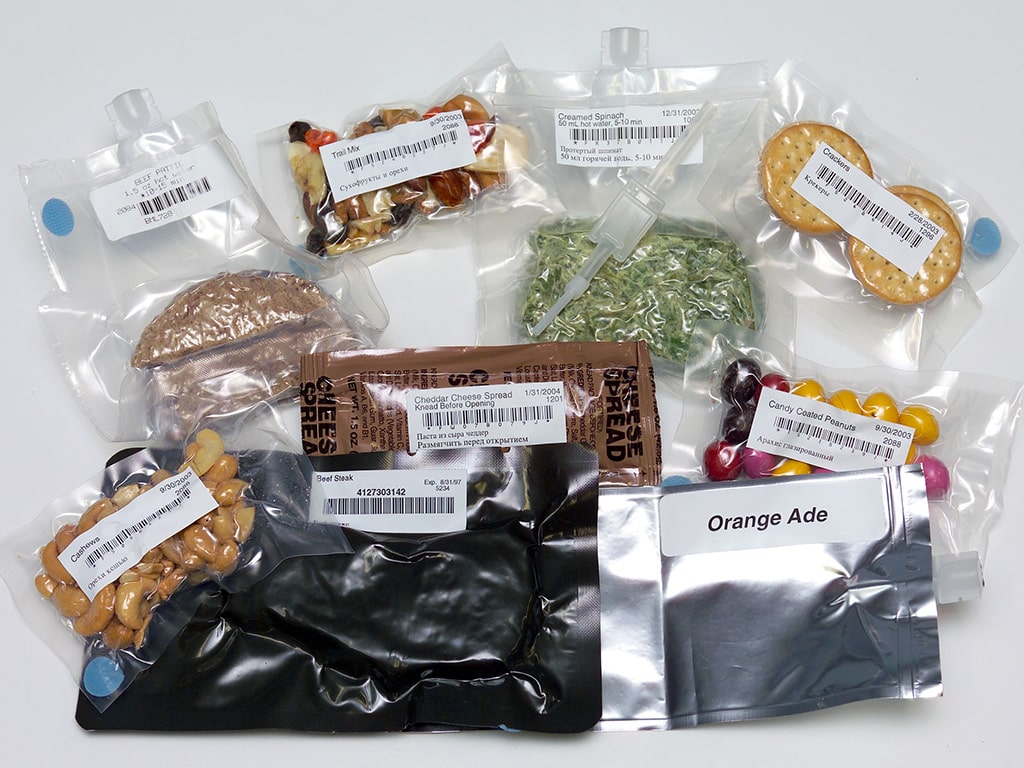Whether you learn from the Internet, books, school or study foundation in science in Ireland, you may know that in space, everything floats thanks to the absence of gravity. Food is no exception. Assuming you are an astronaut, what happens if you simply bring your favorite burger to eat in your space shuttle?
The answer is a messy meal. Crumbs of your eaten burger will float around the ship, which isn’t appealing in terms of cleanliness. If you accidentally drop your burger, the pieces will float away from you and it may be tricky to put them back together again as nothing is holding the stack down except your hands.
With gravity absent, eating is a hassle. Fortunately, space foods are improving over time so they not only meet the necessary conditions to be palatable in space, it will also be pleasing to the eye as back on Earth.
Health considerations
It should be noted that the longer you are in space, the more your muscle mass and bone density decreases up to 20%. It may not be a problem for you there, but when you descend back to Earth, your weakened bones are fragile enough to fracture, which is dangerous considering its increased risk.
Therefore, calcium based foods like yogurt are essential to reinforce your bones in space.
There is also the sense of taste, which changes in space due to the different ways fluid works. Rather than settling in the feet at home, your body fluids move freely around your body that you may feel something similar to blocked sinuses or a head cold, rendering food tastes bland to your tongue.
To reactivate your taste buds, you could eat foods with sharp and hot flavors such as spicy foods and peppers.
What Kind Of Foods Will I Eat In Space?
Finally, you can get to know your best friends that will help you in sustenance off the atmosphere.
You won’t eat food tubes, freeze dried blocks and the like. Those are history. You will eat pretty much the food that you’d normally eat at home, albeit packaged differently based on their conditions.
Fresh foods like fruits and vegetables have a two-day shelf life and are refrigerated onboard. They are consumed quickly to avoid spoilage. Fresh foods are your morale booster though you can obtain necessary vitamins and nutrients in other ways.
How about meat, you may ask. Of course, meat and dairy produce are also eaten. They are preserved in space through irradiation, which increases their shelf life and reduces the risk of microbial contamination.
Foods with intermediate moisture contain a small quantity of water and are soft in texture. Salting and sun drying are among the processes used while making them and requires no further preparation. Alternatively, you can also eat natural form foods like nuts and biscuits. These are simply packaged and ready to eat.
The oldest method of preparing food for space is by removing all moisture from food or drinks so shelf life can last way longer thanks to the difficulty of bacteria multiplication at that condition. When you are ready to eat them, their moisture returns.
If there are “ready meals” to eat, they are generally prepare by applying heat on them, killing the bacteria. This is followed by a quick seal of the food in airtight packaging, ready for your consumption.



Related Posts
By : Ameerul Ahmad
SLA 3D Printing: A Detailed Overview of Its Advantages in Precision Manufacturing
SLA (Stereolithography) 3D printing is renowned for its superior accuracy…
By : Ameerul Ahmad
Laboratory Furniture Malaysia: Design Trends and Innovations in 2024
As the landscape of scientific research evolves, so too does…